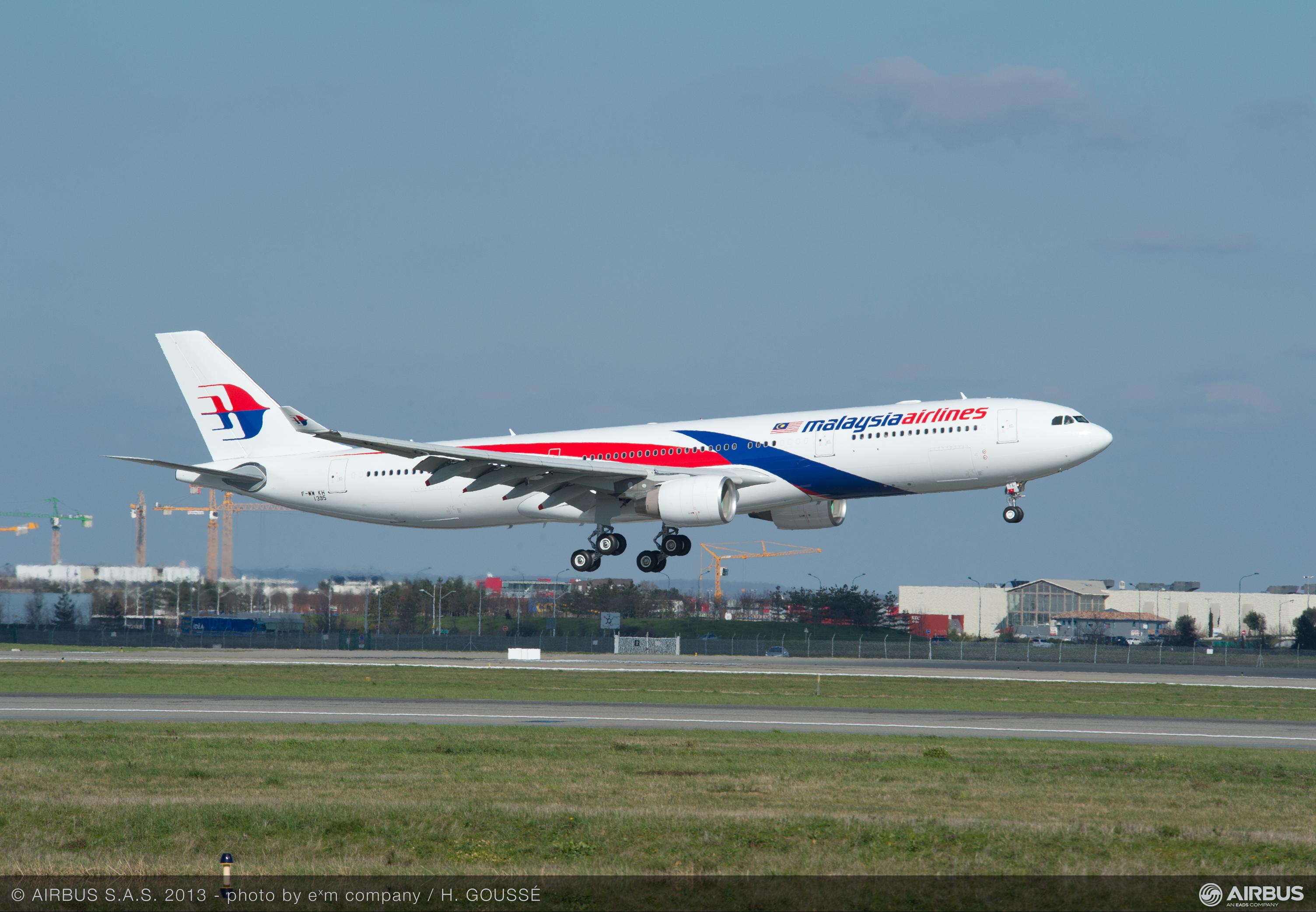
Credit: Airbus
DOHA, Qatar—Malaysia Airlines is close to announcing a major deal for widebody aircraft to replace its Airbus A330 fleet. The carrier “is at the tail end of the process” of negotiations with manufacturers, Malaysia Airlines CEO Izham Ismail told Aviation Daily on the sidelines of the IATA annual...
Subscription Required
This content requires a subscription to one of the Aviation Week Intelligence Network (AWIN) bundles.
Schedule a demo today to find out how you can access this content and similar content related to your area of the global aviation industry.
Already an AWIN subscriber? Login
Did you know? Aviation Week has won top honors multiple times in the Jesse H. Neal National Business Journalism Awards, the business-to-business media equivalent of the Pulitzer Prizes.
